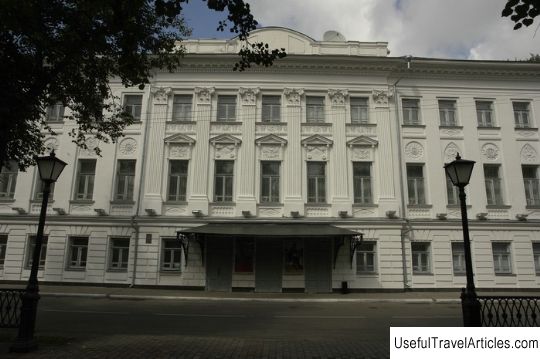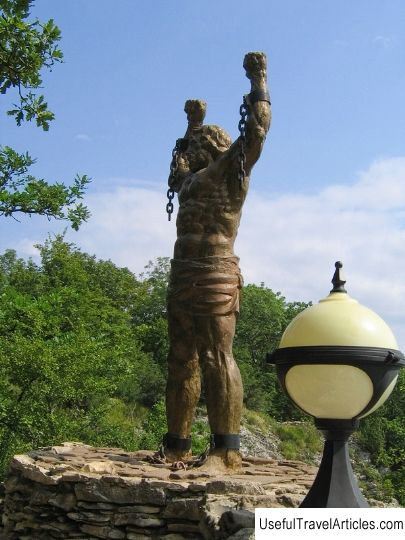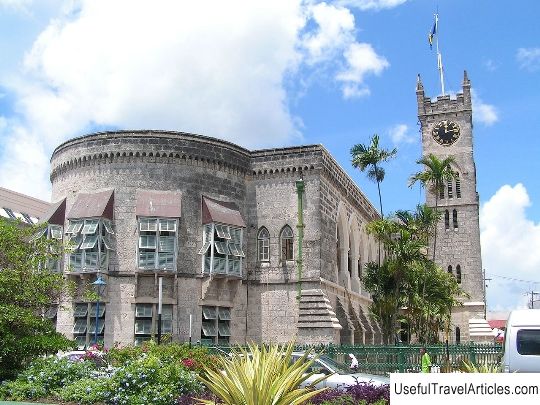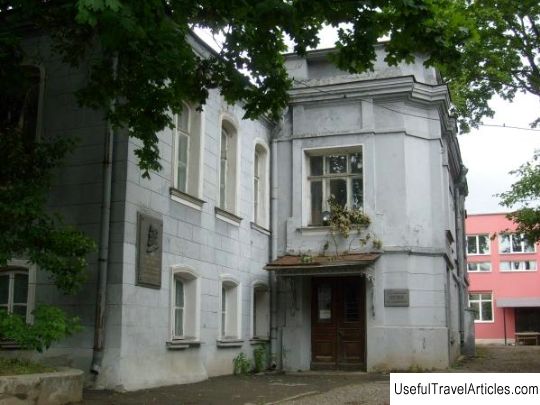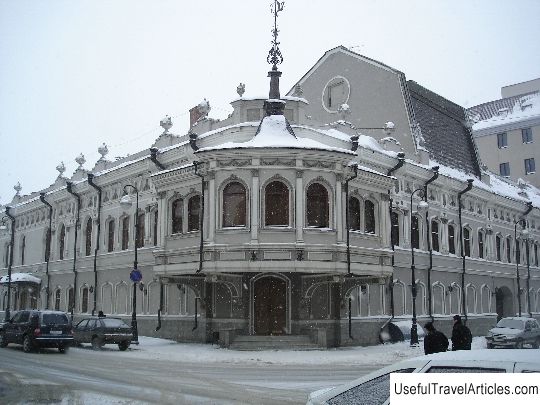House of the Noble Assembly description and photo - Russia - North-West: Vologda
Rating: 9,0/10 (3544 votes) 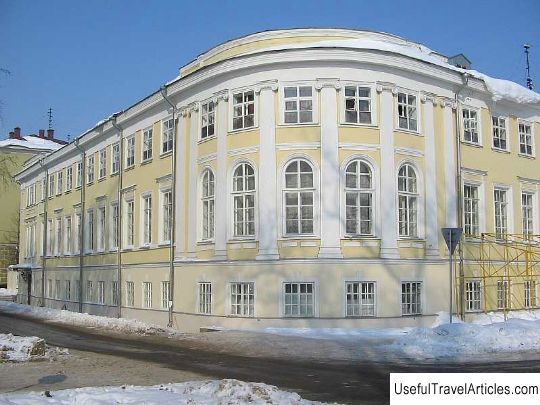
House of the Noble Assembly description and photos - Russia - North-West: Vologda. Detailed information about the attraction. Description, photos and a map showing the nearest significant objects. Photo and descriptionAt the intersection of two streets - Pushkinskaya and Lermontov - there is the House of the Noble Assembly of the city of Vologda. The Noble Assembly (less often - the Noble Assembly) is a self-government body of the times of the Russian Empire, which existed from 1766 to 1918. The order of functioning of the assemblies was legally determined only in 1785. Noble assemblies operated at the provincial and also at the district levels. Representatives of the noble assembly were allowed to deal with local social problems. Meetings of the nobility could meet once every three years. The activity of the meetings ceased in 1918. The building was erected in the second half of the 18th century. There is information that this house originally belonged to A.S. Kolychev (lived there since 1785). Information about the author of this project has not been established. An inventory of the house for 1822 has been preserved, which states that the house was sold to the nobility. The original appearance of this building has not survived; it was rebuilt several times during the 19th-20th centuries. The construction of such buildings was developed by the Commission subordinate to the Senate. This Commission developed projects for many cities of the Russian Empire. In 1822, the appearance of the building changed. After the renovation, it acquires the features characteristic of the classicism of the Alexander period. In 1824, a significant event took place: Emperor Alexander I was present at the solemn ball in the estate, who was pleasantly surprised by the appearance of Vologda. Since 1837, the building has been known as the House of the Nobility Assembly of the city of Vologda. In the middle of the 19th century, another reconstruction of the building was carried out, its internal layout was redone (it has survived to this day). The front part of the building was enlarged - a double-height hall was arranged and the staircase entrance was redone. Exceptional importance was attached to the exterior of the building. The geometry of the window openings on the third floor does not match the dimensions of the windows on the facades. The building itself is a three-story brick building on a stone foundation. The facade of the building is rounded, decorated with pilasters and an attic. The decor elements are white, the color of the building itself is yellow. The interior of the large central hall is remarkable for pilasters, molded cornice, high doors. The preserved bronze chandeliers, cast iron stove doors, bronze door handles attract attention. Since 1915, in the wing of the House of the Noble Assembly there were an arts circle and the Vologda Society, which was engaged in the study of the Northern Territory. From 1919 to 1963, a public library operated in the building. In the 1960s, the House of the Nobility Assembly was restored by architects under the direction of A.S. Banige. Since 1965, the building has housed the Vologda Philharmonic Concert Hall. The building was redeveloped. On the ground floor, plank floors were replaced with concrete. The interior decor is being restored, the facades are being reconstructed, a staircase is being erected from the courtyard, the old parquet floors on the second floor are being replaced by new ones. In the 1990s, part of the building was in disrepair. There were a large number of cracks in the walls of the building, the structures were deformed, the walls were settling, the condition of the foundation was unsatisfactory. A lot of efforts were made to restore the building. The interior of the second floor was restored by restorers using archival materials and various documents. Researchers have identified the paint color of the 19th century. The restoration of the hall of the Noble Assembly, the main staircase, parquet was carried out. In the early 2000s, the outbuilding was restored (with violations). Currently, the House of the Nobility Assembly is an architectural monument of the 18th century.     We also recommend reading Gebang temple description and photos - Indonesia: Java Island Topic: House of the Noble Assembly description and photo - Russia - North-West: Vologda. |
